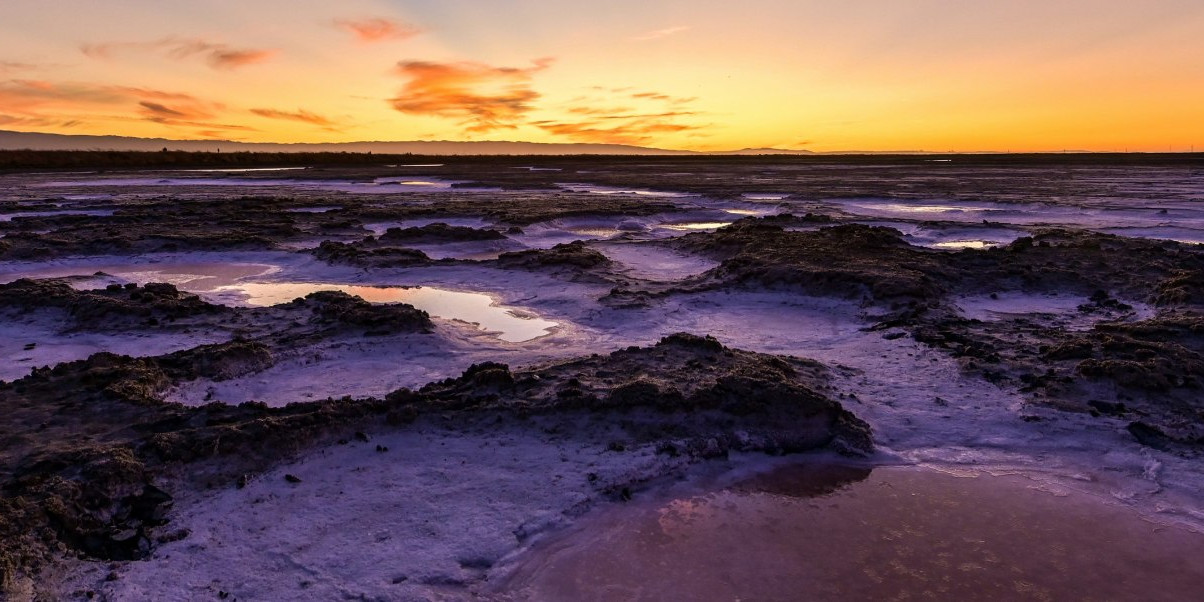Where is the Marais Poitevin located?
The Marais Poitevin is one of the largest natural areas in France. Covering an area of 100,000 hectares, this vast wetland stretches from Niort in Deux-Sèvres to the Bay of Aiguillon in Vendée, passing through Charente-Maritime. The Marais Poitevin spans a total of 75 municipalities, divided between two regions: Nouvelle-Aquitaine and Pays de la Loire.
Discover the Marais Poitevin
From the Atlantic coast to the Niort urban area, the Marais Poitevin Regional Park is home to the second-largest wetland in France, after the Camargue. Once a marine gulf, the region is crisscrossed by numerous waterways and a network of canals forming the “Green Venice.” Of significant ornithological interest, the Aiguillon Nature Reserve, located at the mouth of the Sèvre Niortaise River, boasts rich flora and fauna.
In the heart of the Marais Poitevin, picturesque villages dot the pristine landscapes. Exceptional historic sites are also worth discovering, such as the Maillezais Abbey overlooking the marsh, Luçon Cathedral, and the Château de Terre-Neuve in Fontenay-le-Comte. Several interpretation centers about the marsh are open to visitors, notably in Coulon, the capital of Green Venice, designated a "Grand Site de France." Boat rides, hikes, donkey walks, cycling routes, and even wagon circuits offer numerous ways to explore the Marais Poitevin.
The Hôtel Île de Ré, Les Grenettes, is ideally located for exploring all the treasures of the Marais Poitevin.
What to see in the Marais Poitevin?
The Marais Poitevin is renowned for its impressive ecological diversity. A visit offers the chance to discover invasive plants (baccharis, water primrose…), aquatic species (marsh poppy, water violet…), and plants from the meadows (yellow iris, lax-flowered orchid…), riverbanks (black alder, meadowsweet…), or the coast (sea purslane, glasswort…).
The region's faunal diversity is equally impressive. The marsh is home to many invasive species (nutria, American crayfish…), birds (cattle egret, bluethroat…), and fish (roach, tench…), as well as numerous reptiles and amphibians. Exploring the Marais Poitevin by bike is a great option. Hikers can follow the seven loops ranging from 16 to 33 km, taking small roads and paths alongside canals and towpaths. For the more athletic, the Vendée cycling trails—100 km of which pass through the Marais Poitevin—are a challenge. Cyclists can also take European routes connecting Norway to Portugal, such as the Vélodyssée, 84 of whose 1,400 km wind through the marsh.
Tourist Activities
The Marais Poitevin has a lot to offer for lovers of nature and pastoral landscapes. The must-do activity is a flat-bottom boat ride along the marsh's canals. Numerous docks allow you to rent a "plate" for a tour through the labyrinthine marsh.
The Green Venice is the most popular part of the Marais Poitevin Natural Park: its canals, sometimes very narrow, lined with willows, pollarded ash trees, and alders, offer a refreshing and enchanting aquatic journey. You can enjoy a boat ride in this regional natural park, designated as a Grand Site de France, near the city of Niort.
In Saint-Hilaire-la-Palud, an 8-hectare bird park invites families to discover the birds of the Marais Poitevin. In Coulon, the Maison du Marais Poitevin gives both children and adults a deeper understanding of the natural park, its history, and its operation. For an original and playful tour of the marshes, the donkey farm in Saint-Georges-de-Rex offers donkey rides and treks.
Discover Charente-Maritime for your next vacation!
The Green Venice of the Marais Poitevin
The Marais Poitevin is the perfect place to reconnect with nature and cultivate the joy of life. The wetland can be explored on foot or by bike. You can also discover its biodiversity during a traditional flat-bottom boat ride. You'll navigate a maze of canals and waterways. The journey is even more enjoyable thanks to the lush surroundings, with the route lined by ash trees, willows, and poplars.
Coulon, a commune located in the central-western part of the Deux-Sèvres department, is considered the capital of the Green Venice. Known for its pretty houses along the banks of the Sèvre Niortaise, the village is a convenient starting point for a boat ride in the Green Venice. Boat tours are also available from Arçais, another commune in the central-western Deux-Sèvres.
